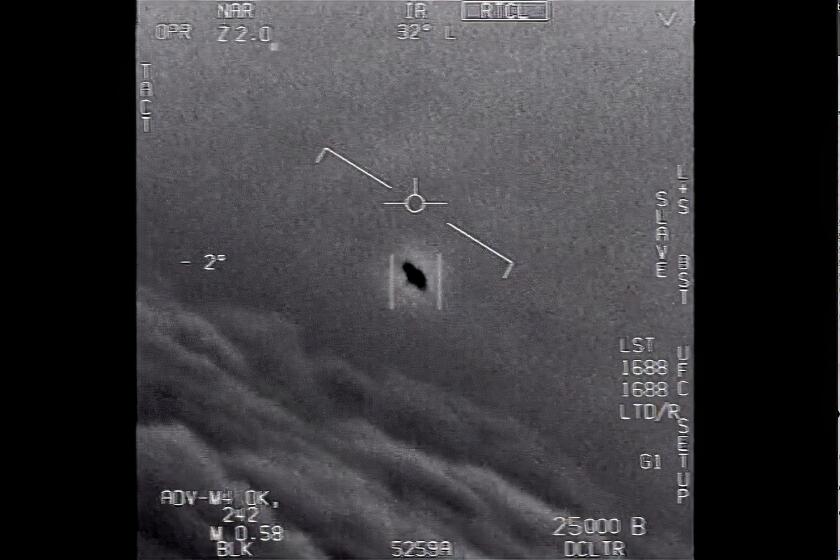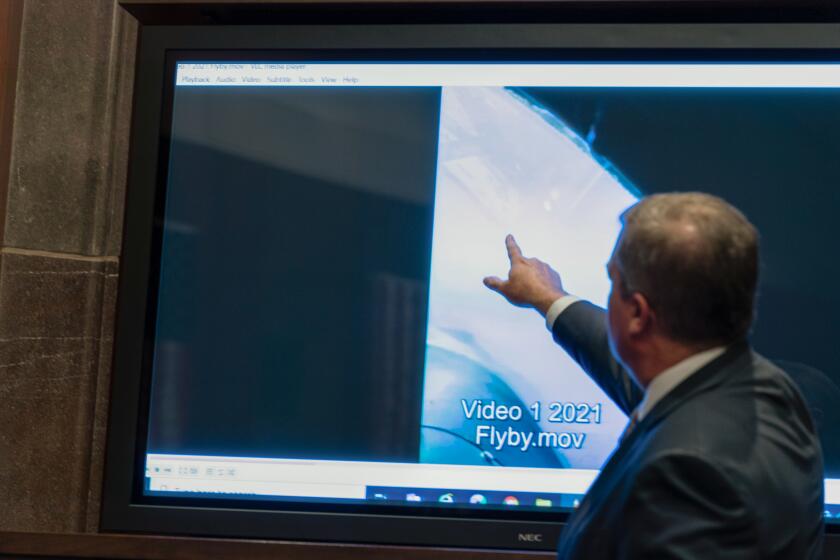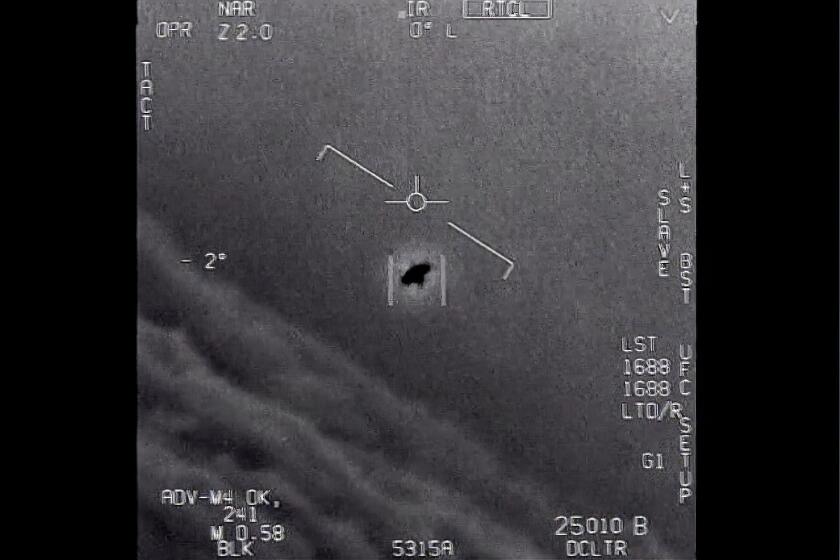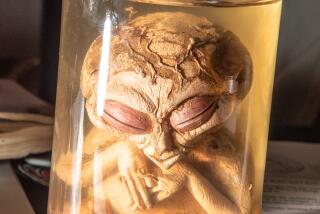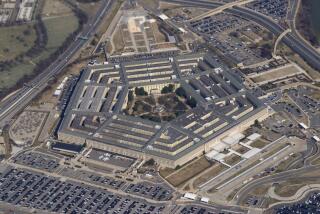NASA’s experts talk UAPs ahead of final report on unidentified flying objects
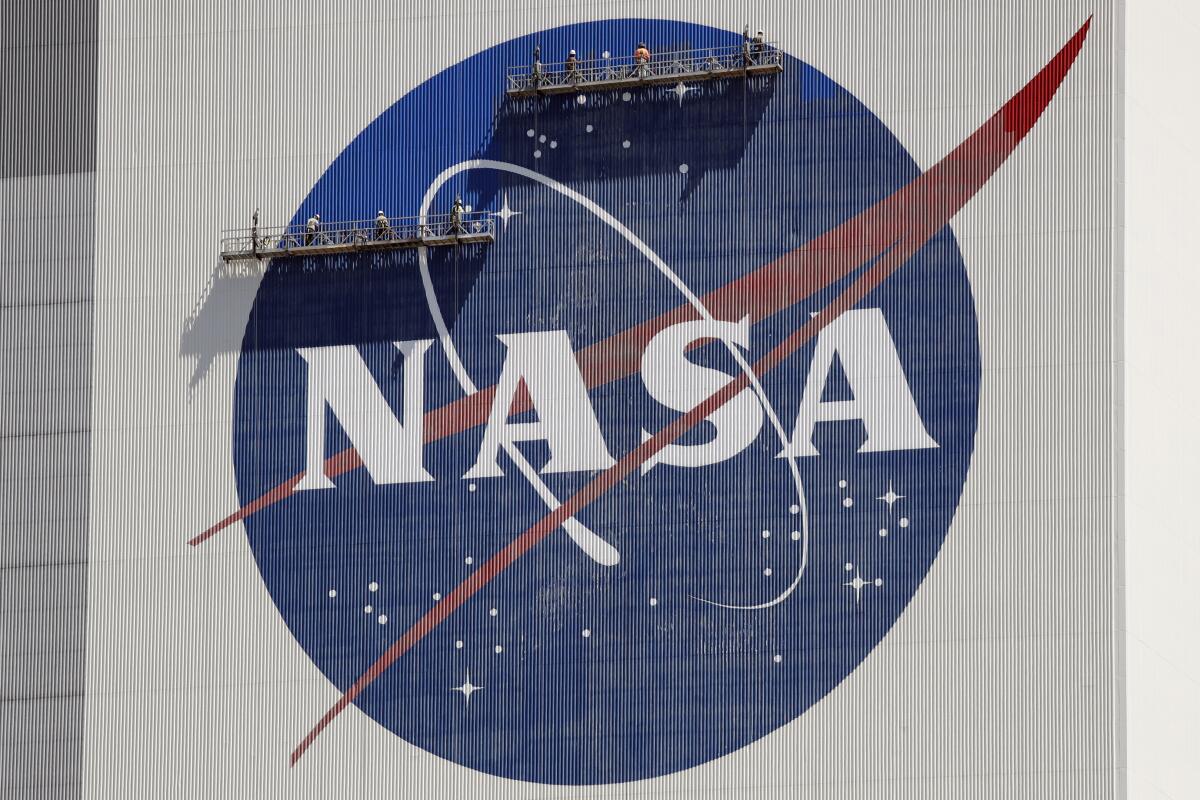
Former naval pilot Scott Kelly was flying an F-14 Tomcat when his radar intercept officer made an insistent but extraordinary claim: He had just seen a UFO.
Kelly, who would go on to command the International Space Station, circled the plane back around so the two could investigate the mysterious object, he recounted during a public meeting Wednesday of NASA’s first panel tasked with studying unidentified anomalous phenomena, or UAPs.
When they got closer, they realized it was an escaped balloon emblazoned with Bart Simpson’s face.
Kelly, a member of the 16-person panel of experts NASA commissioned last year to determine what data the agency should use in studying UAPs, told the story to illustrate a point: Sightings of unusual and unrecognizable phenomena in the air are common.
Pilots should be able to report such experiences without fear of being branded as unreliable or unstable, said study chair David Spergel, an astrophysicist with the Simons Foundation. For the sake of science, safety and national security, these sightings deserve proper investigation, he said.
Yet no reported UAP has offered any answers to the question of whether we are alone in the universe.
“To make the claim that we see something that is evidence of not-human intelligence would require extraordinary evidence, and we have not seen that,” Spergel said. “Most UAPs are going to turn out to be phenomena we understand.”
NASA is embarking on a new study on unidentified aerial phenomena, or UAPs — the term scientists use instead of UFOs.
Consisting of experts in astrophysics, space exploration and aviation, the panel aims to guide NASA on which unclassified data to use when investigating UAPs. It is scheduled to release its final report in late July.
Its goal, former associate administrator of NASA’s Science Mission Directorate Thomas Zurbuchen explained last year, is to “take a field that is relatively data-poor and make it into a field that is much more data-rich, and therefore worthy of scientific investigation and analysis.”
At Wednesday’s meeting, which took place at NASA’s Washington headquarters and was streamed live on the agency’s website, the study team confirmed that there is still a considerable deficit of quality data on the subject of UAPs.
The All-domain Anomaly Resolution Office, the Defense Department branch tasked with identifying anomalous phenomena, has investigated about 800 reports of UAPs made since 1996, director Sean Kirkpatrick told the panel.
Only about 2% to 5% of those sightings remain unexplained after investigation, Kirkpatrick said. The outstanding cases tend to be those with too little reliable information to support any conclusion, he said.
The federal agency wants to remove the stigma around the reporting of unidentified flying object sightings so that it can better investigate them.
While UAPs are often linked in the public’s mind with the search for extraterrestrial intelligence, members of the panel stressed that they are not making any assumptions about the origins of sightings that don’t yet have explanation.
“We hope that within our lifetime we will be able to answer this big question of whether we are alone or not, and also better able to characterize this phenomenon that is UAPs,” said Anamaria Berea, an associate professor of computational and data science at George Mason University and a research affiliate with the SETI Institute in Mountain View, Calif.
As an astronaut aboard the ISS, Kelly said, he frequently saw things in space that struck him as inexplicable. Upon closer inspection, all turned out to be natural phenomena or a trick of light and perception.
“This environment we operate in is so, so conducive to optical illusions,” Kelly said. “It’s a very, very challenging environment to work in, especially at night.”
Though lacking conclusions, the report still represents a milestone in the study of UFOs, long relegated to science fiction realms and crackpots.
Given its focus on what used to be commonly referred to as UFOs, the panel’s work has drawn an enormous amount of public scrutiny. Panel members have also received online abuse, several of them confirmed, both from people dismissive of any inquiry into UAPs and from those convinced there is more to the UFO story than NASA is willing to tell.
“There’s no way that all scientists could be in on trying to hide something. It’s not in our nature,” said David Grinspoon, a senior scientist at the Planetary Science Institute in Tuscon.
The panelists’ job — like that of all scientists — is to gather data and evaluate evidence before arriving at any conclusions, he said.
“That’s why you’re a good scientist,” he said. “You don’t just take someone’s word for it. You try to discover the truth.”
